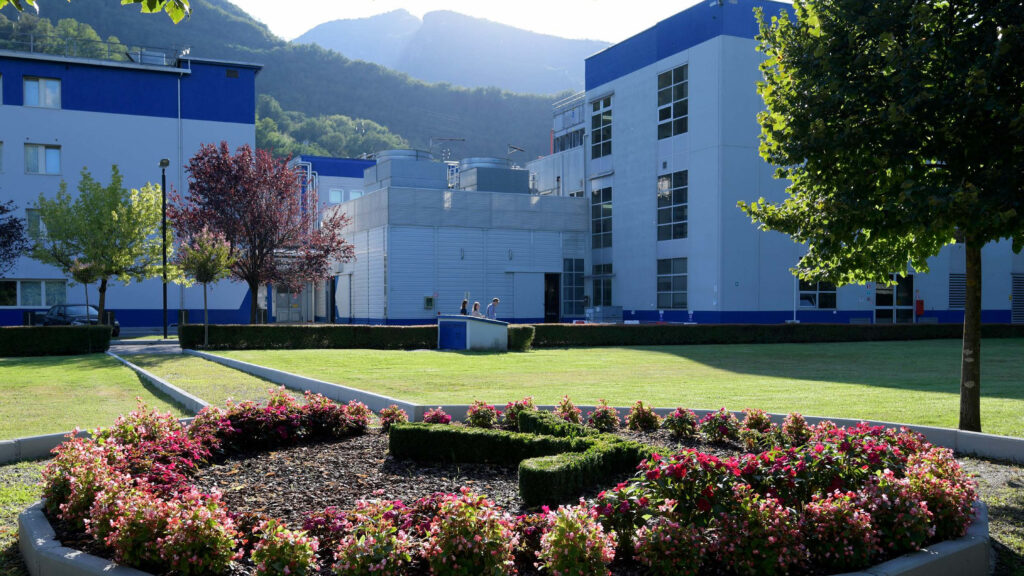Customer Profile
Elizabeth Krische left the meeting room and stood in the hallway, shaking. “I can’t believe what I signed Western up to do,” she told a colleague who asked if she was okay. “This is massive.” As Director of Procurement Services at Western University in London, Ontario, Krische was leading an effort to transition the University’s procurement systems over to JAGGAER’s solutions. It was indeed a huge undertaking, one that reached all corners of the University.
Despite her nervousness, she knew working with JAGGAER was the right thing to do. Western University’s procurement processes were mired in inefficiency, and they needed to be changed.
Download the Western University case study in PDF
Replacing a Cumbersome System
Located about halfway between Detroit and Toronto, Western University is one of Canada’s premier research institutions. Its research spans multiple disciplines, but focuses on strokes, Alzheimer’s disease and other brain pathologies. Close to 40,000 full- and part-time students attend Western.
Krische leads the 12-person Procurement Services department, which manages a nearly $450 million Canadian dollar (CAD) procurement budget. Her department serves university facilities and operations, as well as the research enterprise, which often has specific needs.With such a large budget and scope of responsibility, Procurement Services needed a system that was easy to use and helped the university spend money efficiently.
Complicated, cumbersome and inefficient, the system frustrated users. “The processes and systems were not easy, so our users weren’t happy,” said Krische. “We knew we could be much more efficient if we looked at a new e-procurement solution and drove our business processes towards best practices.”
Building a Business Case
Krische and her department knew that changing systems would not be easy. It represented a significant cost and a change in what people were used to. She knew she’d have to convince the University’s leadership.“We had to build a business case,” she said, explaining that she and her team reviewed all existing procurement processes to identify key areas of improvement. “We put a cost to doing business the way we were doing it and estimated what the savings would be.”Once they had approval to select a new system, Krische and her team issued an RFP and began evaluating suppliers. Western had some very specific and stringent criteria for what the new system had to do.
Ease of Use
While the previous system required users to go onto vendor sites — and keep track of multiple accounts and passwords — the new system had to do it all in one place. “We wanted to have one-stop shopping,” said Krische, “so people could go into the system and see all of the contracts we have and have confidence they were getting our contracted pricing.” This would make it easy to make repeat purchases from a variety of vendors.
Accommodate Unique Needs of the Research Enterprise
The research enterprise is very different from the operational departments, including different approvals, rules and budgets that had to be followed. So the procurement system needed to allow robust workflows and custom rules.
24×7 Access
Departments wanted the ability to place orders any time, any day. The previous system required all orders to go through Procurement Services, so an order placed on a Saturday would have to wait until Monday morning to be processed.
National and Provincial Law Compliance
In addition to the rules associated with research functions, Western University also needed the system to help them comply with national and provincial laws. Krische gave the example of Ontario’s law requiring them to consider accessibility requirements in purchasing products and materials for staff and students with disabilities. “In our old system, we had no way to document (if users took accessibility into account),” she said. Automate the Invoicing ProcessInstead of manually processing and paying invoices, which took time and could result in delayed payments, the system should pay vendors automatically (if the invoice matched the contract). “We wanted to cut back wherever we could on unnecessary manual processes,” said Krische.
Mustang Market Provides One-Stop Shopping
Ultimately, Krische and her team decided JAGGAER’s eProcurement solution was the right fit for their needs. By offering a configurable, guided buying system, eProcurement allows Western University’s Procurement Services department to drive spending towards their preferred, strategically-contracted suppliers. JAGGAER’s Invoicing was also integrated into the Western University procurement system. That reduced the exhausting and time-consuming process of hand-keying, matching and approving invoices, helping to ensure vendors are paid on time.Mustang Market, as it was named, has been a huge hit with users. When someone needs to make a purchase, they simply go onto the home page and see all of the preferred vendors. This ensures purchases are made using negotiated contracts and pricing.They have also streamlined the approval authorities and roles to make it easier for users to get approval to procure materials. “We completely cleaned up our delegations of authority,” said Krische said. “Rules are built in so Procurement doesn’t have to look at everything. If a requisition passes specific rules, it can go right to the vendor.”While she appreciated the capabilities and flexibility of the JAGGAER solutions, Krische said the company’s experience and knowledge in higher education solidified the decision for her. JAGGAER representatives were able to configure the system to meet their exact needs, including the unusual criteria for the research enterprise. “They understood our business,” she said.
A Procurement Showplace
Because the transition to JAGGAER solutions was so important to the University, the Procurement Services department continually measures its success across several metrics, including:
- Strategic sourcing savings
- Internal contract compliance
- Vendor compliance
- Contract life savings
- Process efficiency
- Invoice automation
The results have exceeded expectations. “Every year we calculate our total savings and compare it to our business case,” said Krische, adding that the anticipated return-on-investment is ahead of schedule. “After two full years of being in operation, we forecasted our ROI would be .94,” she said. “It came in at 1.3.”
In real dollars, Krische said the JAGGAER system has saved the university $500,000 CAD more than Krische’s team expected in the first two years. “The savings have been better than what we forecasted,” she said. “Our break-even point happened 18 months after our Go Live date. We’ve now saved more money than what it cost us to implement the JAGGAER solutions, including our licensing fees.”Even more impressive to her is how Mustang Market has been received by users. “One user said he used to spend a half day, every day, on procurement,” Krische recalled. “Now he spends just an hour. ”She has received positive feedback from around the campus, with users saying their time spent on procurement has been drastically reduced. “The feedback has blown us away,” she said. “I didn’t expect that.”Getting that kind of feedback and adoption was reassuring to Krische, because the stakes were high. “If users didn’t adopt the new system, they would find work-arounds and be non-compliant,” she said. “It would cost us a ton of money. ”From the time she arrived at Western University, Krische has had the goal of making the school a procurement leader that others in Ontario and Canada could look to. She feels they’re accomplishing that mission.“I can’t tell you how many people have come to Western to find out what we’ve done,” she said. “Mustang Market has made us a showpiece.”




